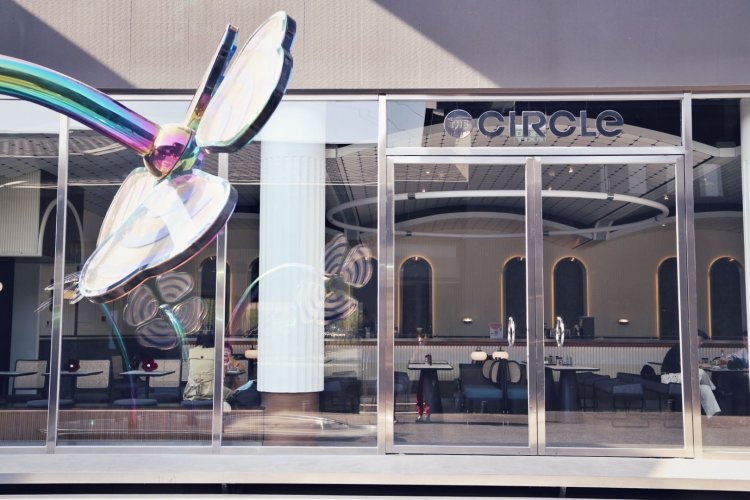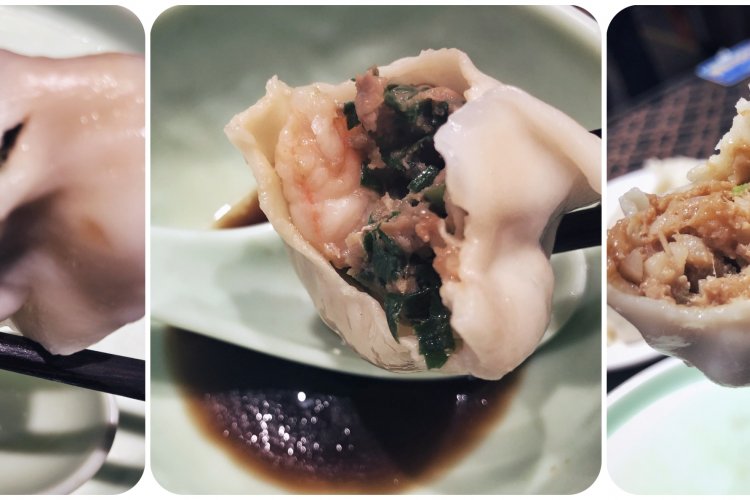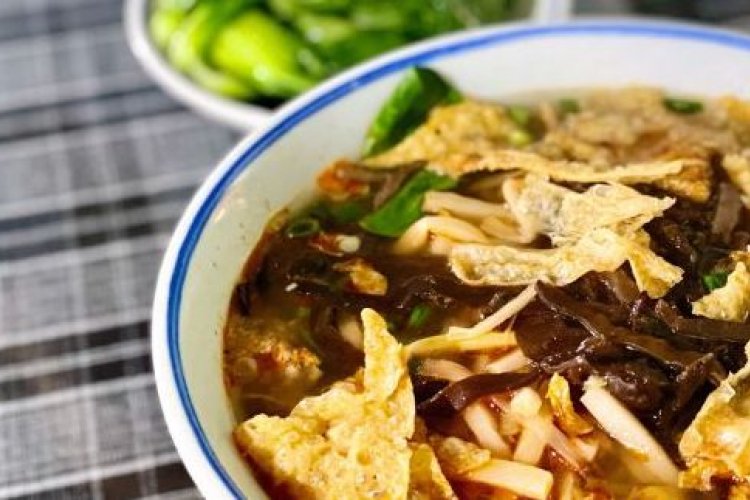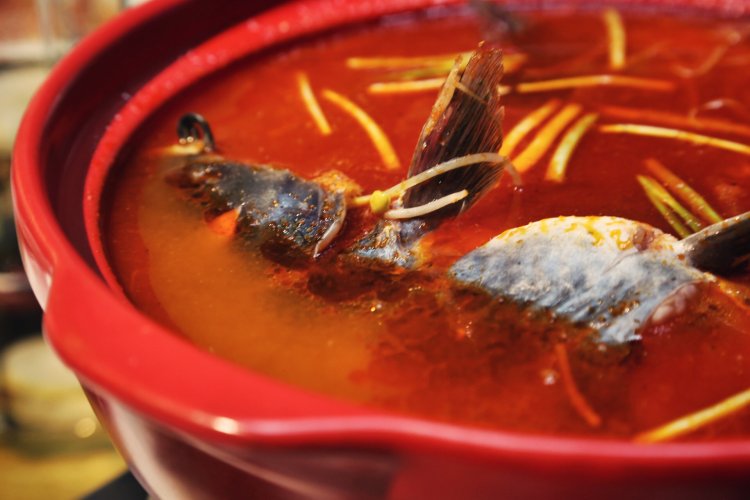Local Gem: Eat Like A Mongolian Warrior to Brave Beijing's Cold Winter Nights
Local Gem is an exploration of Beijing’s diverse palate. Get out of your comfort zone and try something new! To share your own neighborhood pride, please contact us via editor@thebeijinger.com
The sudden drop in temperatures here in the capital means it's time to break out the lamb, a Beijinger’s favorite protein to warm the body. Being a metropolitan city without meadows for shepherding, Beijing's fondness for lamb is something of a curiosity, but it persists nonetheless. Aside from the well-known lamb chuan’er and lamb hot pot, lamb scorpion, lamb dumplings, and stirfried lamb with green onions are all common dishes on the tables of local eateries.

The source of this tradition can be traced back hundreds of years when the Mongolian cavalry conquered this city. In fact, when it comes to Beijing being ruled by the hand of a nomadic people, it clocks the longest period: the Yuan dynasty under Kublai Khan from 1279 until 1368. Needless to say, that was enough to leave a lasting taste in the mouths of Beijingers, like a lamb so savory its flavor lasts 700 years.
And yet, true Mongolian cuisine is a rare thing in modern Beijing. Sure, you can go to the Inner Mongolian Plaza for a decent bit of lamb, but the spread will be on the boring side and, frankly, overpriced.

So instead, let's turn our attention to a lesser-known hideout for those who sport modern dress but still maintain a nomadic spirit at heart. Indeed, my use of the term “hideout" is no hyperbole, because Bistro for Snails is arguably one of the most hidden restaurants in Beijing. Even if you manage to find its general location, you may well walk right past the entrance without knowing it. Pay close attention to the wall, where you'll find graffiti of a snail with the number 23, indicating the right place.

After a few knocks on the door, you will be ushered into a brand new world entirely isolated from the narrow hutong outside. For a moment, you may mistakenly believe that you have been transported to the inside of a yurt on the prairies of Inner Mongolia. The interior design celebrates Mongolian culture with traditional patterns, genuine wool seat coverings, shelves that are weighted with bronze tableware, and of course, a portrait of Genghis Khan.
The menu is thin, but every dish counts. Oh, and if you haven't figured it out yet, this is not a particularly vegetarian-friendly restaurant. From appetizers to desserts, dairy and meat prevail, while the number of vegetable dishes can be counted on a single hand.

This trend continues even into the beverage selection, where milk tea is the go-to, but this ain't your typical boba-laden drink. A true nomad must learn to appreciate milk tea that contains – of all things – beef jerky, not to mention the millet, milk curd, and fermented vrum, a traditional Mongolian, high-fat dairy product.

While you wait for the main course, assorted dairy snacks are available to try. My personal recommendation is the 奶嚼口 nǎi jué kǒu wurimo, a slightly fermented dairy product that tastes like a combination of yogurt and unsweetened whipped cream. It usually comes with fried rice and sugar on top – simply mix them and dig in.

If you are on a date and want to take your meal to the next level, then order a plate of 吉祥三宝 jíxiáng sānbǎo three joyous treasures, consisting of tripe, meat sausage, and blood sausage, a Mongolian version of a cheese and ham platter. Just add a glass of wine!

Finally, for the main course, you can't go wrong with any of the lamb dishes, be it the lamb pot, lamb chops, or even lamb offal, because the quality of the meat ensures that you'll care very little about which part of the animal you are devouring. If things get a bit too heavy, a plate of oat noodles or Mongolian onion – a vegetable that can thrive even in the deserts of Inner Mongolia – should be able to aid your digestion. To be sure, rice is not a staple in Inner Mongolia the way it is here, and only pancakes can fill the stomachs of these hearty folks, with some of them containing even more meat.
When you finally say goodbye to the owner and leave this little shelter, you'll have no reason to fear the cold, howling winds outside, for the food that once nourished Mongolian warriors will now support you through the harsh winter. Instead, you will feel incredibly, if not a little unbearably full.
Bistro for Snails (Andingmen) 蜗牛小酒馆 (安定门店)
23 Chenian Hutong (Northwest of the crossing at Chenian Hutong and Huayuan East Alley), Dongcheng District
东城区车辇胡同23号(车辇胡同与花园东巷交叉口西北角)
Read: Local Gem: A Bowl of Hainanese Chicken Rice That Will Take You Back in Time
Images: Dianping, Zeus Zou, Wikipedia







